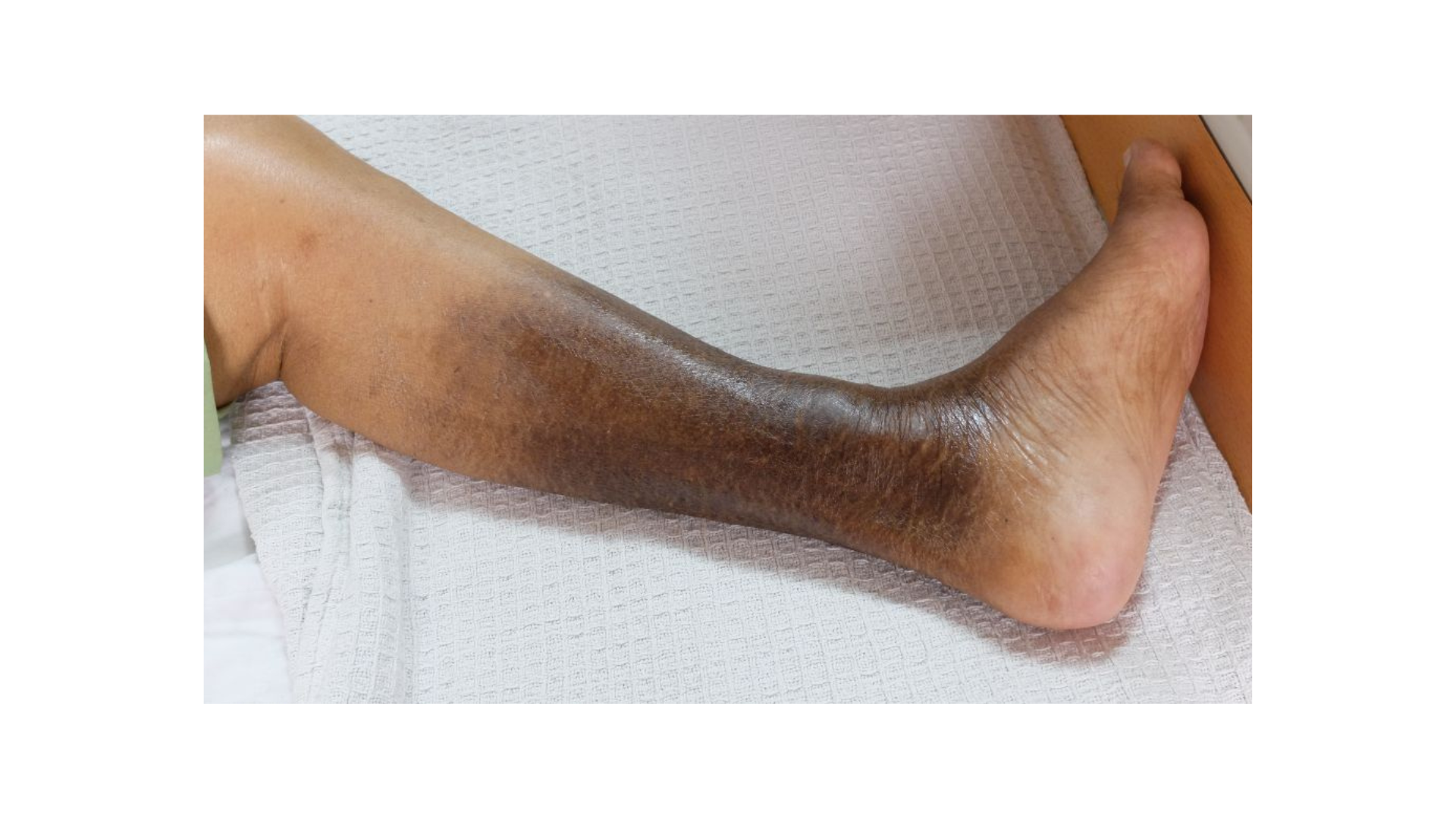Data-Driven Practice Management: How to Use Patient Data to Improve Care
December 1, 2022
Introduction
As the health care industry moves from volume-driven to value-based care, clinicians are looking for ways to improve care and outcomes while reducing costs. Data-driven practice management has emerged as a key strategy for cost-effective quality care. But the question remains: How can patient data and analytics be used to improve wound care across care settings? Additionally, how can artificial intelligence and machine learning affect outcomes, and how can these technologies help providers achieve even better results in the future?
The Power of Patient Data
Data has become critical as the healthcare industry moves toward value-based care. In a value-based system, providers are reimbursed based on the quality of care they deliver rather than the quantity of services rendered. This shift has put a greater emphasis on outcomes and efficiency, making data-driven decision-making key. When used effectively, patient data can help providers improve quality, engagement, and outcomes while reducing costs. For example, patient data can be used in wound care for the following 1:
- Improve patient adherence to treatment recommendations
- Decrease wound healing times
- Predict which patients are at risk for complications
- Develop personalized treatment guidelines
There are many different sources of data that can be used to inform health care decision-making. For example, clinical data from electronic health records (EHRs) can be used to identify trends and improve care quality. Claims data can be used to assess the cost-effectiveness of different treatments. Patient-reported outcomes (PROs), such as surveys and questionnaires, can provide valuable insights into patients’ experiences and needs.1
Moving Into the Future With Artificial Intelligence and Machine Learning
With so many data sources and types, it can be difficult to decide which data points and patterns are most important. This is where artificial intelligence (AI) and machine learning (ML) comes in. These technologies may help providers make sense of large data sets, identify patterns and relationships, and predict future patient needs.2 For example, a provider could use AI and ML to develop a model that predicts which patients are at risk for wound complications and personalizes wound care strategies based on electronic health record data. This information could then be used to proactively provide those patients with education and resources to prevent complications.
How much do you know about Wound Care Workflow and Practice Improvement? Take our 10-question quiz to find out! Click here.
In addition to aiding in clinical decision making, AI and ML can be used to automate routine tasks, such as billing and coding.2 By automating these time-consuming tasks, providers can have free time to focus on patient care. The future of health care is data-driven, and with the help of AI and ML, providers may have the tools they need to deliver quality care while reducing costs.
The Emerging Digital Transformation of Health Care
To use AI and ML, health care must undergo a digital transformation. This digital transformation is already underway, and the industry is seeing the benefits. Electronic Health Records (EHR) are more widely used and give providers greater access to data. However, there is a growing need for EHRs that address clinical specialties like wound care. In the wound care clinic, managing the volume of patients and improving outcomes is often challenging. A comprehensive specialty EMR can allow for efficient storage and access of patient records while offering intelligent workflow synchronization that may streamline the clinical process.3
For example, clinicians can use forms and templates designed specifically for their practice area.2 Rather than a one-size-fits-all writing template, a template for a pressure ulcer assessment would include all the necessary data points, saving time and increasing accuracy. Additionally, a specialized EHR removes unnecessary and distracting features, so clinicians can focus on what's important.2 New technologies such as patient portals and health apps also give patients more control over their health data.2 Patients can connect with clinicians asynchronously without waiting for an appointment. For example, patients can log images of their wounds during each dressing change, and the wound care provider can view these images when they are available. Additionally, caregivers and patients can communicate concerns to wound care specialists via messaging on patient portals to determine the need for an appointment or a change in the treatment plan. This increased access and control comes with the ability to use data to improve care quality, engagement, and outcomes.
The Limitations of Technology
While new technologies make it possible to collect and use patient data more effectively, there are still some limitations. The biggest challenge is ensuring that the data collected is accurate and complete. Incomplete data can lead to inaccurate predictions and decisions about patient care. Additionally, AI and ML can only support clinicians' decisions since technology cannot replace clinical reasoning.4 The human mind does not operate solely on factual data and statistics but also on a more generalized understanding of the world.4 This understanding allows clinicians to see patterns and make connections that technology cannot always make. Therefore, it is vital to have a team of experts who understand both the technology and the clinical process to ensure that data is used effectively to improve patient care.
The Future of Data-Driven Health Care
The digital transformation of health care is changing how providers deliver care and patients receive it. By harnessing the power of data, providers can improve care quality and efficiency while reducing costs. Despite the limitations, data-driven health care is the future. With the right tools and processes in place, clinicians can use data to improve care quality and efficiency while reducing costs.

References
- Hernandez-Boussard T, Blayney DW, Brooks JD. Leveraging digital data to inform and improve quality cancer care. Cancer Epidemiol Biomarkers Prev. 2020;29(4):816–822. doi:10.1158/1055-9965.epi-19-0873
- Hess CT. Value of a specialty wound care electronic medical record. Adv Skin Wound Care. 2013;26(1):48. doi:10.1097/01.ASW.0000425941.32993.32
- Warraich HJ, Califf RM, Krumholz HM. The digital transformation of medicine can revitalize the patient-clinician relationship. npj Digital Med. 2018;1:49. doi:10.1038/s41746-018-0060-2
- Rundo L, Pirrone R, Vitabile S, Sala E, Gambino O. Recent advances of HCI in decision-making tasks for optimized clinical workflows and precision medicine. J Biomed Inform. 2020;108:103479. doi:10.1016/j.jbi.2020.103479
The views and opinions expressed in this blog are solely those of the author, and do not represent the views of WoundSource, HMP Global, its affiliates, or subsidiary companies.











Follow WoundSource
Tweets by WoundSource